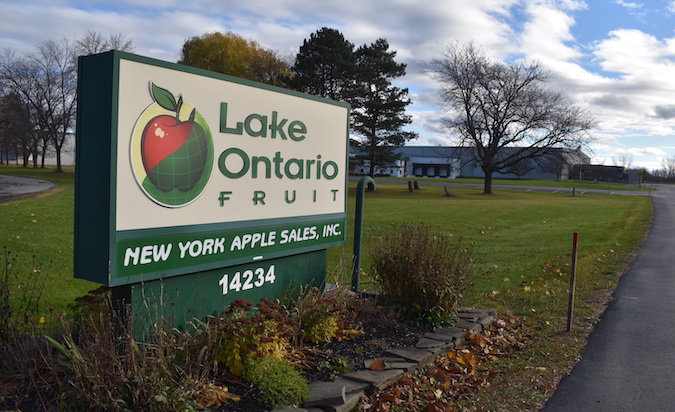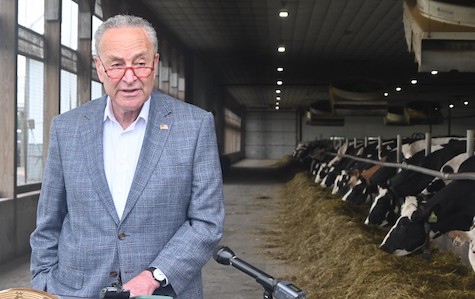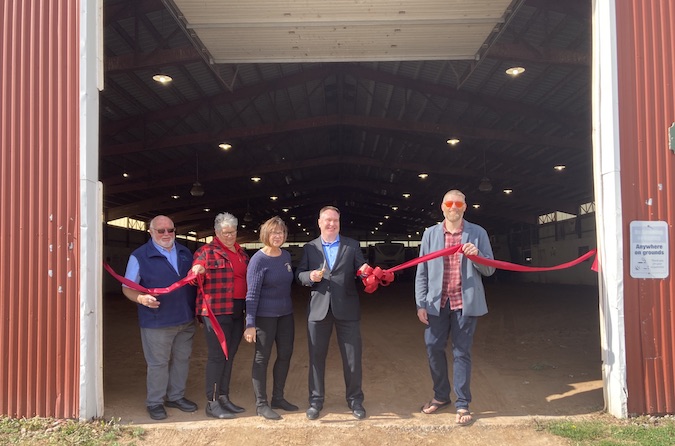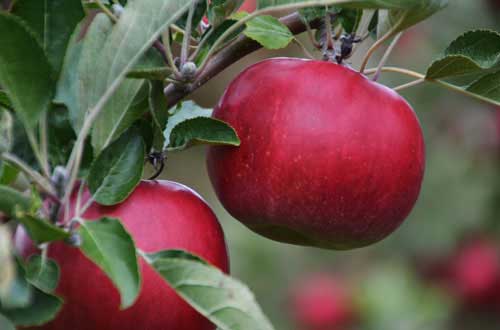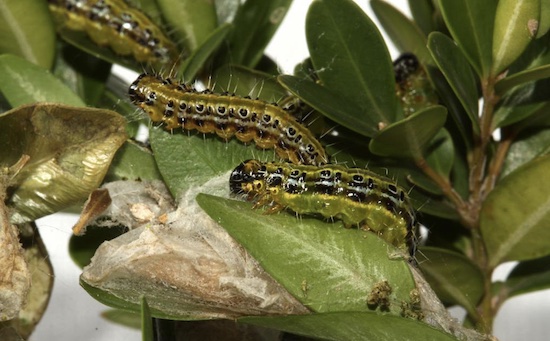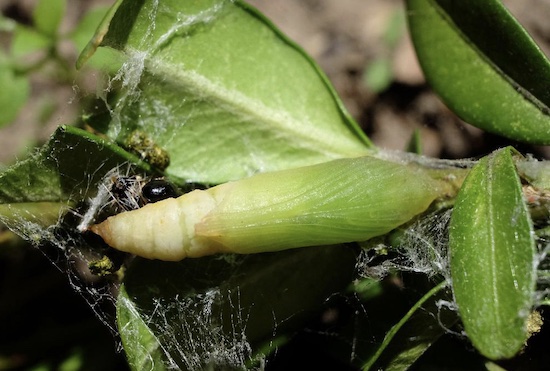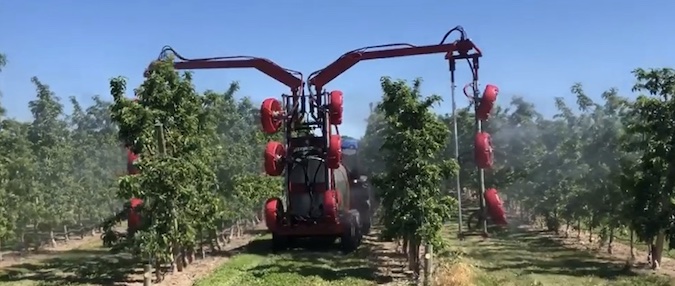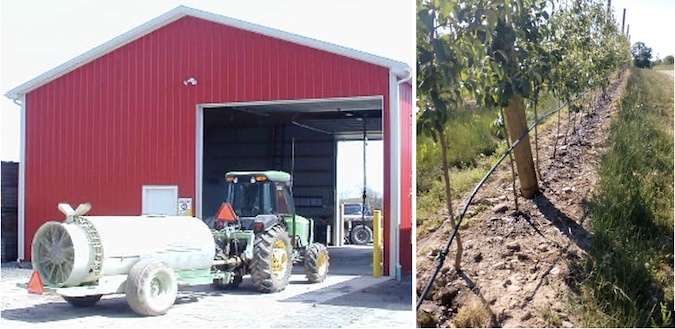Lake Ontario Fruit pushing for $5.5 million addition to Gaines facility on Route 104
GAINES – Lake Ontario Fruit is pushing for another expansion of the apple packing business on Route 104. The company is working on a 28,070-square-foot addition of controlled atmosphere storage, a $5.5 million project that would mirror a similar expansion in 2013.
The new space is needed because many of the new apple trees that were planted in recent years are coming into maturity, with a full crop expected next fall. Lake Ontario Fruit packs just over 1 million bushels of apples a year for more than 30 local farms.
The new addition would allow the company pack about 220,000 more bushels, said Robert Brown, president of Lake Ontario Fruit and co-owner of Orchard Dale Fruit Co. in Waterport.
Lake Ontario Fruit is pushing to have the new CA facility ready by Sept. 1. The company needs to have the site plan reviewed by the Orleans County Planning Board, with a final approval from the Town of Gaines Planning Board.
“We are growing a commodity that is a perishable crop,” Brown told the Planning Board.
He said the addition is an investment in the local fruit industry, which is seeing a new generation of growers taking the lead in their farms and also at the Lake Ontario Fruit facility.
Gaines planners met last week to review the site plan. Chris Watt, the Planning Board chairman, said LOF needs a final agreement from the state Department of Environmental Conservation on a stormwater management plan for the project. Watt doesn’t want to send the site plan to the county for review until there is an agreement from the DEC about the plan.
But Lake Ontario Fruit officials convinced the board to send a referral to the county, with the approval from the DEC expected soon and to be added to the application that will be sent to the county. The company asked the town to submit the application to the county so LOF could be on the county agenda for its December meeting.
Brown said the construction timeline is already about a month behind schedule.
“Every day counts,” he told the Gaines Planning Board last week.
He said supply-chain issues also are posing some challenges.
The Gaines board agreed to send the application to the County Planning Board for its review. Watt said the town will consider if there are any comments from the county in the town’s final review of the site plan. Watt said he is also hopeful the DEC will OK the stormwater management plan so the town can give its approval.
The Gaines Zoning Board of Appeals also is being asked to approve a 1-foot height variance for the building. It is proposed for 36 feet in height, just above the town threshold of 35 feet. A public hearing on that variance is scheduled for 705 p.m. on Dec. 12.
The Lake Ontario Fruit has 71 employees and will add 10 more jobs as part of the controlled atmosphere storage expansion. The project was backed by the Orleans Economic Development Agency with nearly $600,000 in incentives.
The EDA on Oct. 18 approved sale tax abatements of $240,000 on construction and $156,000 on fixtures and equipment.
The EDA also approved a 10-year PILOT that gradually phases in the taxes on the new addition. Lake Ontario Fruit would get a 100 percent exemption or $34,496 off in property taxes the first year, and then 10 percent will be added each year until it’s at 100 percent in year 11. That PILOT will save the company $189,729 in property taxes over the 10 years. Lake Ontario Fruit also will be paying $155,233 more in taxes during than 10 years than is currently paid on the existing building.
























